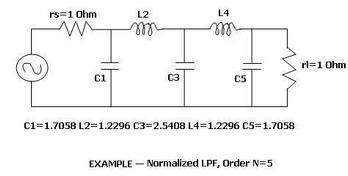Coaxial Line to Microstrip Transition Explained
Advertisement
A transition refers to the interconnection between two planar transmission lines. To achieve low reflection and low insertion loss, a perfect match of impedance and electromagnetic (E-M) fields is crucial. An effective coupling requires continuous transmission lines. The bandwidth of operation is also very important and depends on the modes supported in the transmission lines used for the transition.

Coaxial line to microstrip transition is popularly used in PCBs where the microstrip circuit is fed using a 50 Ohm coaxial line.
The most common configurations used are edge mounting and vertical mounting types.
In the edge mounting type transition, the coaxial line is connected to the microstrip line at the edge of the PCB.

In the vertical mounting type of transition, the center conductor of the coaxial line passes through the PCB. It intersects the microstrip line orthogonally.
Transmission Line Transitions
- Coaxial to microstrip transition
- Coaxial to waveguide transition
- Waveguide to microstrip transition
- Microstrip to slotline transition
Advertisement
 RF
RF


